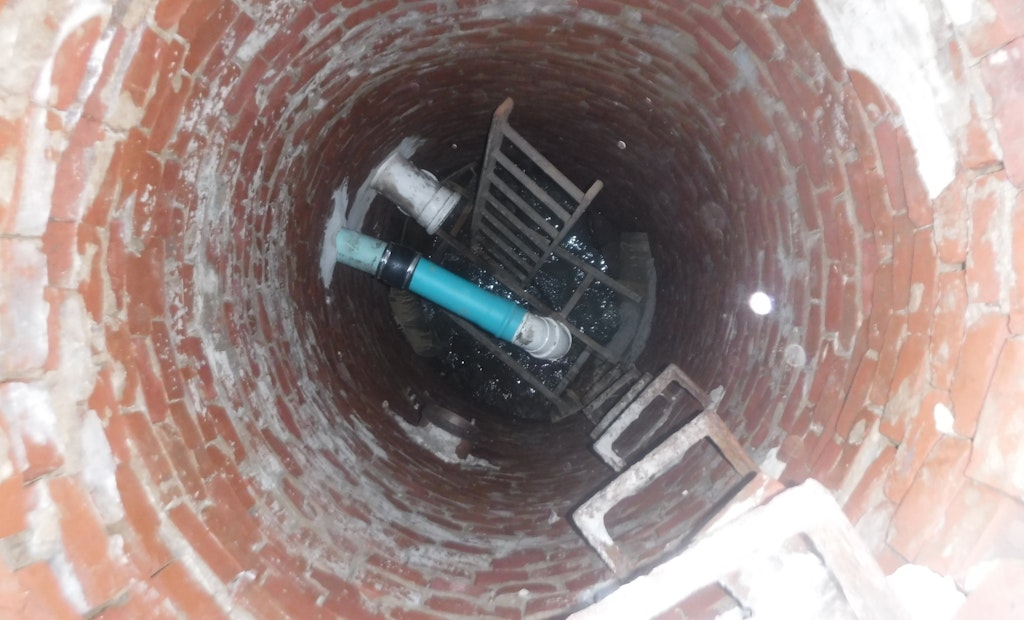
Water ran against the bricks of this manhole, which is more than 80 years old, causing it to lose mortar and some of its bricks. Infiltration from a broken stormwater pipe nearby then made its way into the sanitary sewer system.
On an early winter morning in Parkersburg, West Virginia, collection system operators faced a major catastrophe when a garbage truck fell into a sinkhole adjacent to a manhole. Quick thinking and trenchless technology saved the day to return the area to service quickly, limiting...





